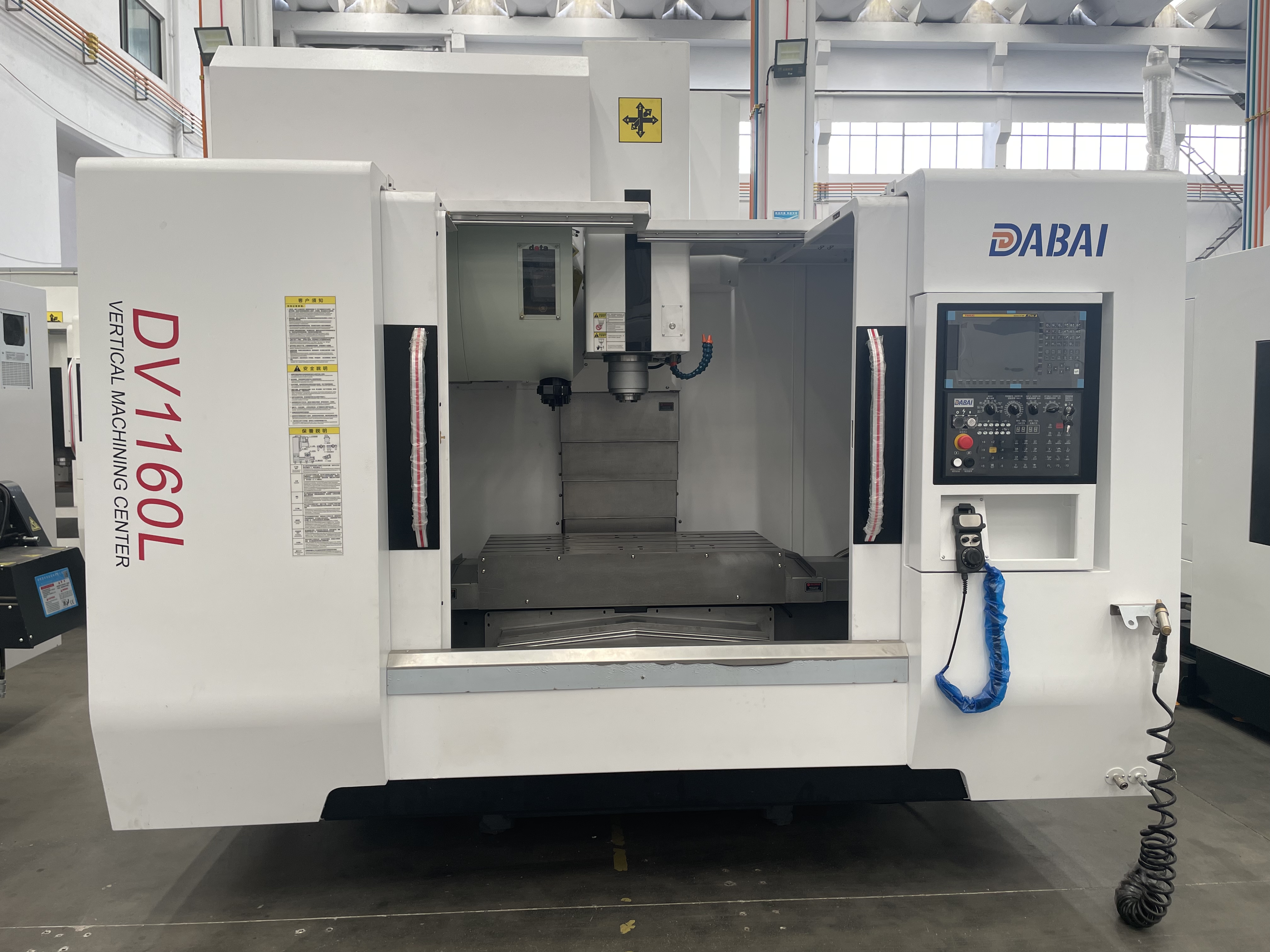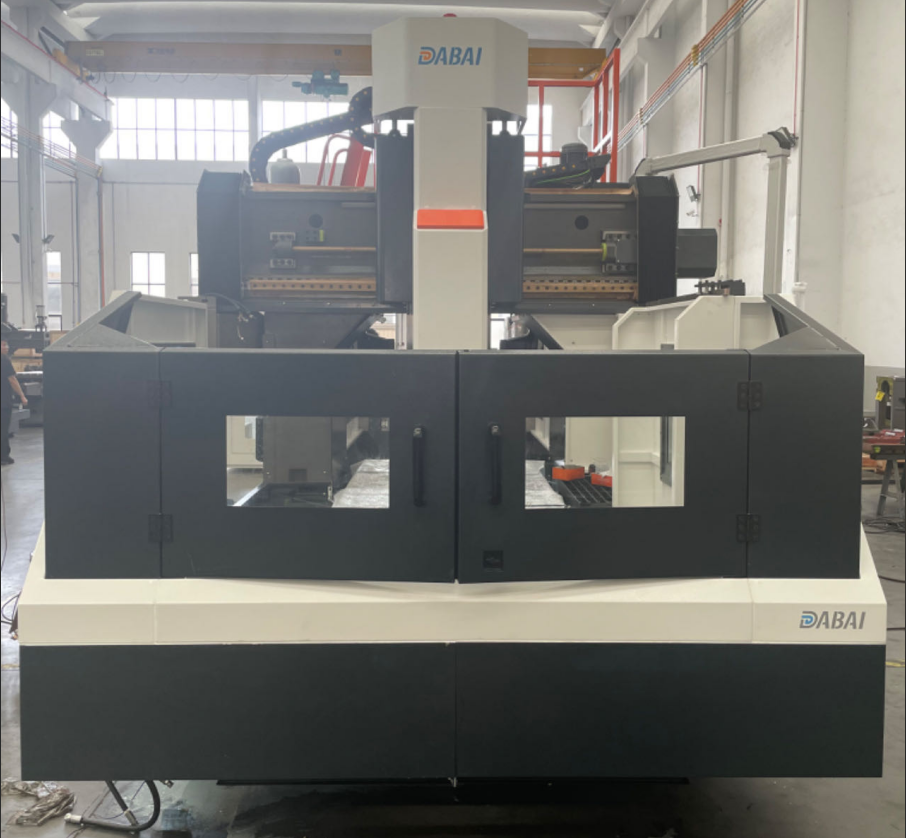Vertical machining centers are suitable for various mechanical manufacturing industries such as aviation, automobiles, molds, shipbuilding, electromechanical, machine tools, printing, textiles, etc. They are mainly used for processing small and medium-sized parts, molds and other varieties. After the workpiece is clamped once, it can automatically and effectively complete milling, drilling, boring, reaming and other multi-side and multi-process processing with high precision, and the processing is fully programmed.

Dabai Precision Machine Tool (Jiangsu Co., Ltd.) is a high-tech enterprise specializing in R&D, design, production and manufacturing of CNC machine tools and CNC machine tools. The company adheres to the production concept of high quality and high cost performance to create a high-end CNC machine tool brand.
The following is an introduction to the operating procedures of the vertical machining center.
- Before operation, wear all labor protection supplies, perform lubrication maintenance as required, and check the oil level of each lubricant.
- When clamping the workpiece, it should be placed gently to prevent collision and collision with the work table; when the workpiece is heavy, the load-bearing capacity of the machine tool work table should be verified, and overload operation is not allowed.
- After the machine tool is started, check whether the movement of the spindle, the movement of the work table in all directions and the pressure indicators are normal, whether there are abnormal noises, etc.
- The processing program should be checked first before it can be operated. When using the high-speed function, the matching of the tool should be confirmed.
- During the processing process, you should always pay attention to whether the movement and processing status of the machine tool are normal, and encounter abnormal phenomena. When there is noise or alarm, the machine should be stopped immediately for inspection and processing. Processing can only be continued after the fault is eliminated.
- After the workpiece processing is completed, the workbench should be cleaned, the machine tool should be scrubbed and lubricated, the surrounding area should be cleaned, and the place should be kept clean.
- The control system must be turned off before turning off the main power of the machine tool; the emergency stop switch should not be used in non-emergency situations.
www.dabaicnc.com



